The cosmos has long been a theater of mysteries, and among its most persistent enigmas is the precise value of the Hubble constant—the rate at which the universe is expanding. For decades, astronomers have wrestled with conflicting measurements, leading to what some call the "Hubble tension." Now, a new player has entered the stage: gravitational waves. Dubbed the "cosmic ruler," these ripples in spacetime may finally resolve the dispute, offering a fresh and independent way to measure the universe's expansion.
The Hubble constant, denoted as H₀, is more than just a number. It’s a cornerstone of modern cosmology, dictating the age, size, and ultimate fate of the universe. Yet, its value has been a subject of fierce debate. Traditional methods, such as observing the cosmic microwave background (CMB) or tracking distant supernovae, have yielded inconsistent results. The CMB approach, championed by the Planck satellite, suggests a value around 67 kilometers per second per megaparsec (km/s/Mpc). Meanwhile, supernova measurements, led by the SH0ES collaboration, peg it closer to 73 km/s/Mpc. The discrepancy, though seemingly small, has profound implications, potentially hinting at new physics beyond our current understanding.
Enter gravitational waves—the faint echoes of cataclysmic events like merging black holes or neutron stars. Unlike light, these waves travel unimpeded through the universe, carrying pristine information about their origins. The breakthrough came in 2017 with the detection of GW170817, a neutron star merger observed both in gravitational waves and light. This dual signal allowed scientists to measure the distance to the event independently, providing a novel way to calibrate H₀. The result? A value that intriguingly straddled the existing divide, around 70 km/s/Mpc.
Why does this matter? Gravitational waves offer a direct, distance-based measurement, free from the cosmic ladder’s rungs that introduce uncertainties in other methods. Each merger event acts as a "standard siren," a term coined by analogy to standard candles like supernovae. By comparing the gravitational wave signal’s amplitude (which reveals the distance) with the host galaxy’s redshift (which indicates velocity), astronomers can compute H₀ without relying on intermediate steps. This simplicity is revolutionary, potentially sidestepping the systematic errors plaguing earlier techniques.
Yet, challenges remain. Gravitational wave detections are still rare, and only a handful of events have been localized well enough for this purpose. Current observatories like LIGO and Virgo are sensitive to mergers within a limited cosmic volume, but future upgrades and next-generation detectors—such as the Einstein Telescope and LISA—promise to expand the reach. With more "standard sirens," the statistical power of this method will grow, sharpening the precision of H₀ measurements. Some theorists even speculate that a large enough sample might reveal whether the tension stems from unknown astrophysics or a fundamental flaw in our cosmological model.
The stakes couldn’t be higher. If gravitational waves confirm one of the existing values, it could validate decades of painstaking work. If they favor an intermediate figure, it might force a rethink of the universe’s composition or the nature of dark energy. And if the tension persists despite this new approach, it could signal something even more extraordinary—a crack in the bedrock of the Big Bang theory itself. For now, the gravitational wave community is cautiously optimistic. As data accumulates, the cosmic ruler may yet deliver on its promise: not just to measure the universe, but to reveal its deepest secrets.
Beyond the Hubble constant, this technique opens doors to other cosmological questions. Gravitational waves could help map the distribution of dark matter, test general relativity in extreme environments, and even probe the universe’s earliest moments. The era of multi-messenger astronomy—combining light, particles, and spacetime ripples—is just beginning. And as it unfolds, the humble gravitational wave may transform from a curiosity into the ultimate arbiter of cosmic truth.
For astronomers, the message is clear: the universe speaks in many languages. Light has been our primary translator, but gravitational waves are now adding their voice to the chorus. As we learn to listen more carefully, the discord over the Hubble constant may finally resolve into harmony, ushering in a new chapter of cosmological discovery.

By /Aug 14, 2025
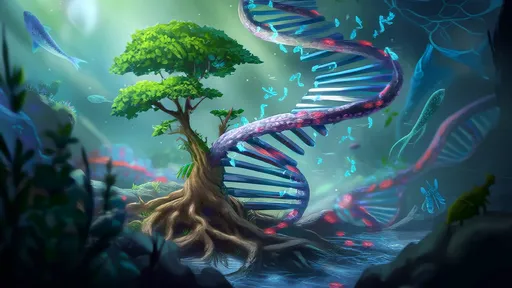
By /Aug 14, 2025

By /Aug 14, 2025
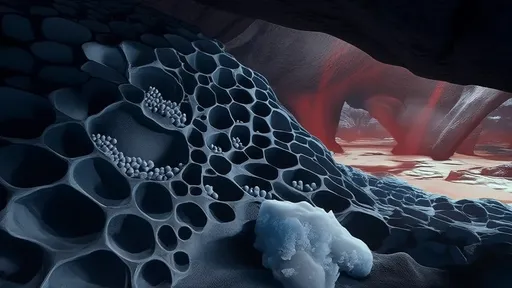
By /Aug 14, 2025

By /Aug 14, 2025
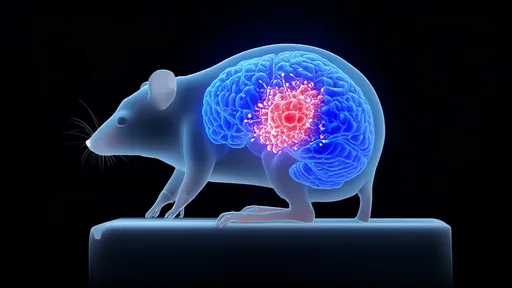
By /Aug 14, 2025
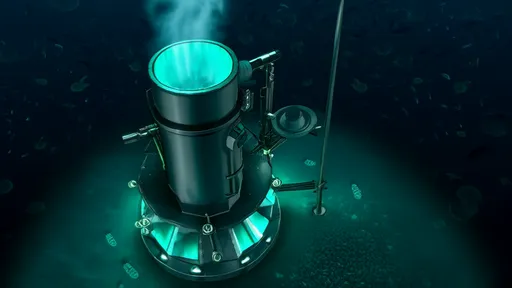
By /Aug 14, 2025

By /Aug 14, 2025
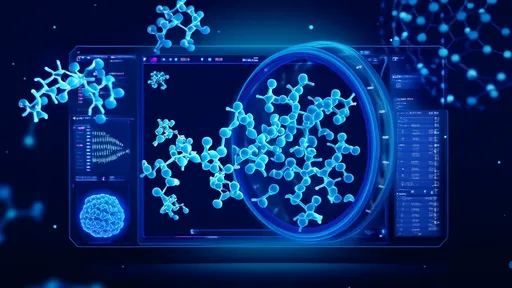
By /Aug 14, 2025
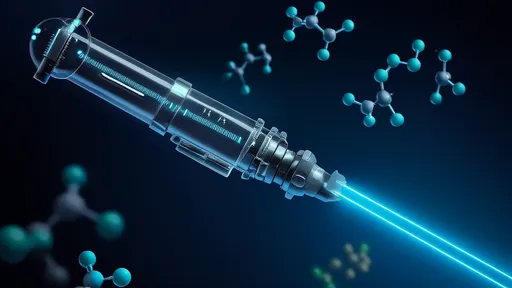
By /Aug 14, 2025
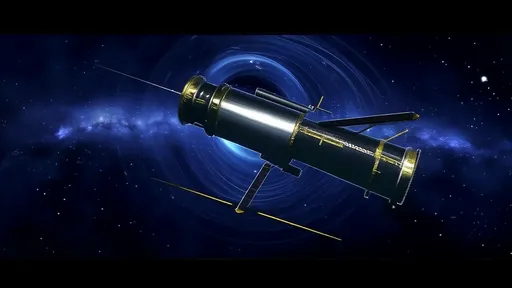
By /Aug 14, 2025
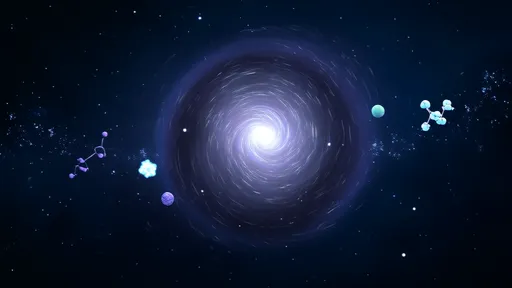
By /Aug 14, 2025
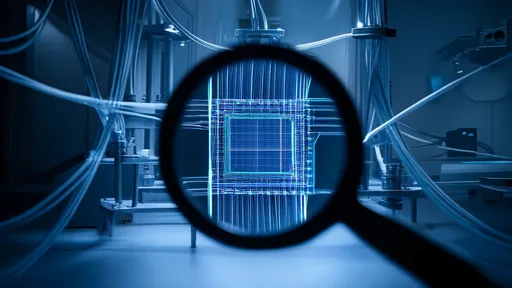
By /Aug 14, 2025

By /Aug 14, 2025
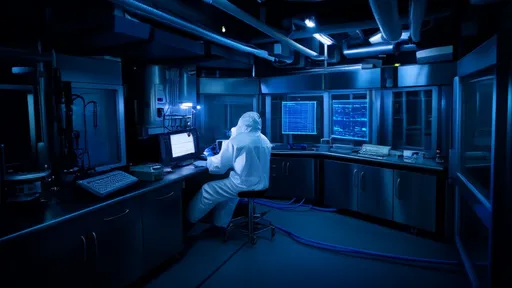
By /Aug 14, 2025

By /Aug 14, 2025
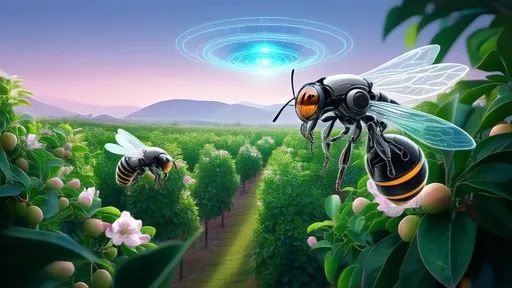
By /Aug 14, 2025

By /Aug 14, 2025

By /Aug 14, 2025
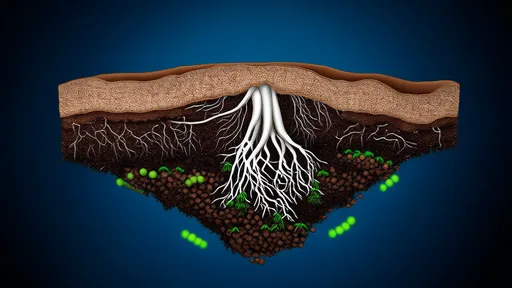
By /Aug 14, 2025